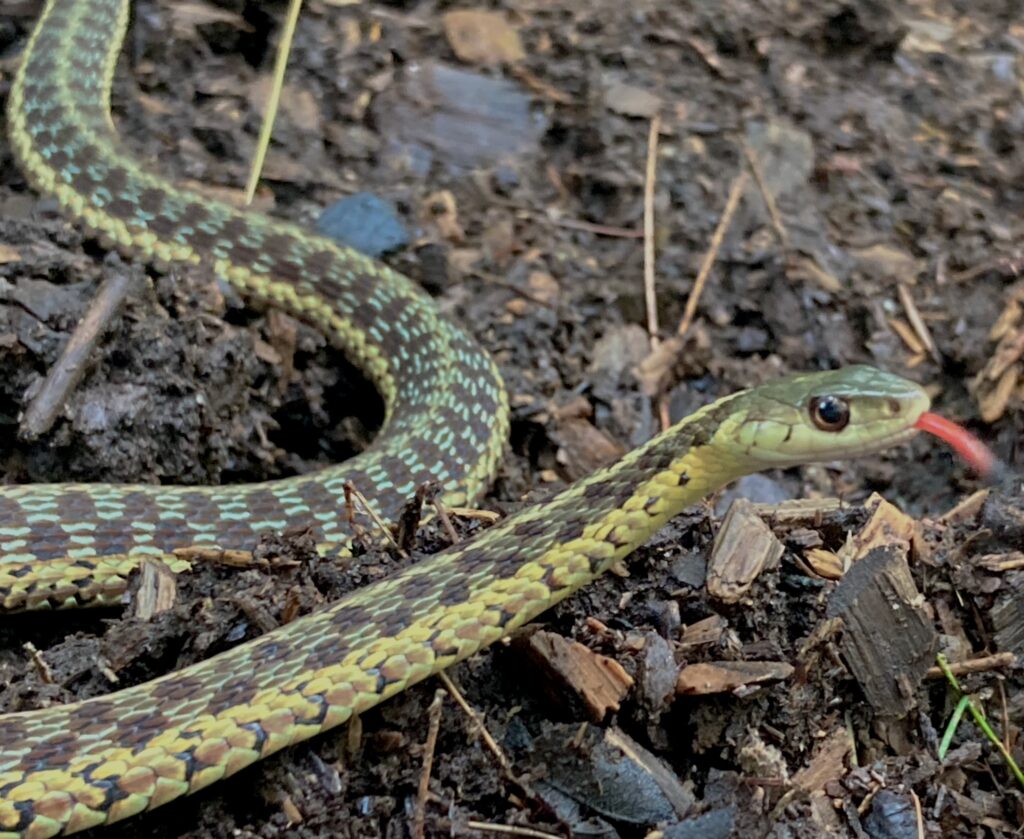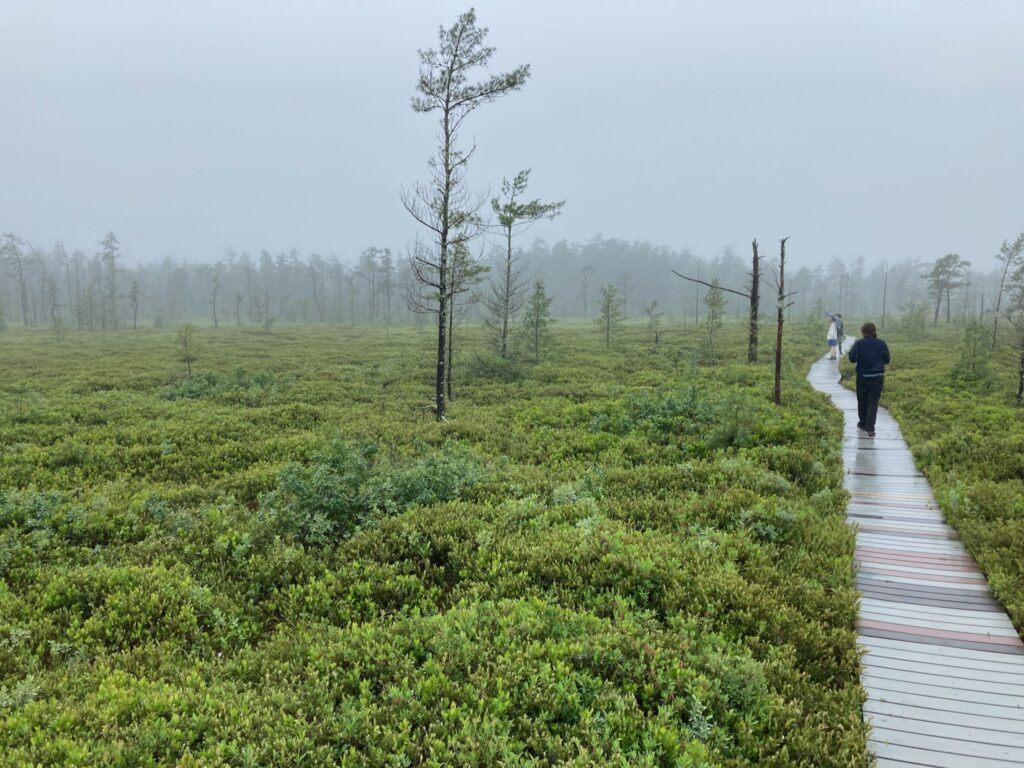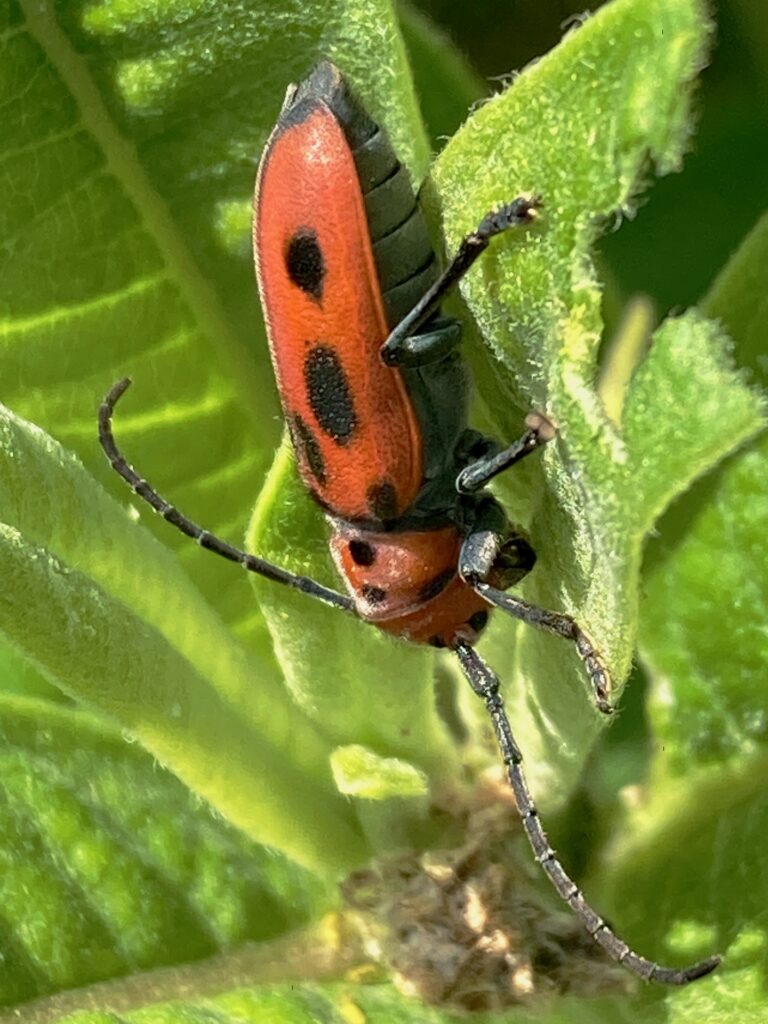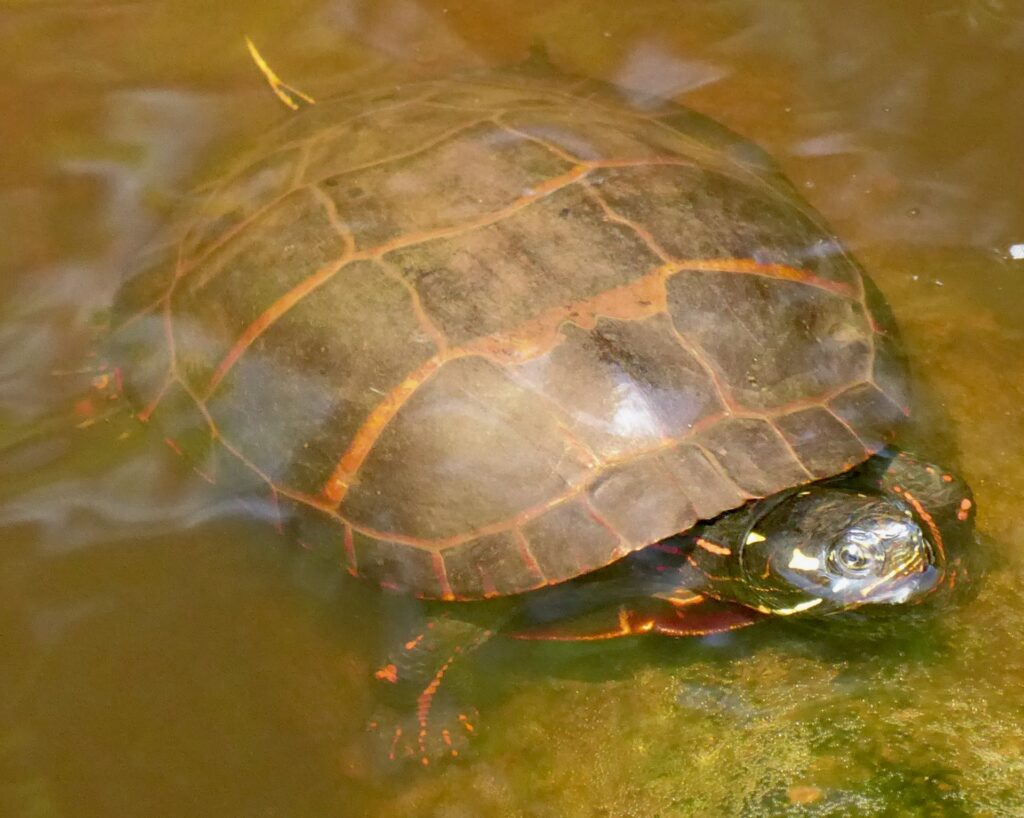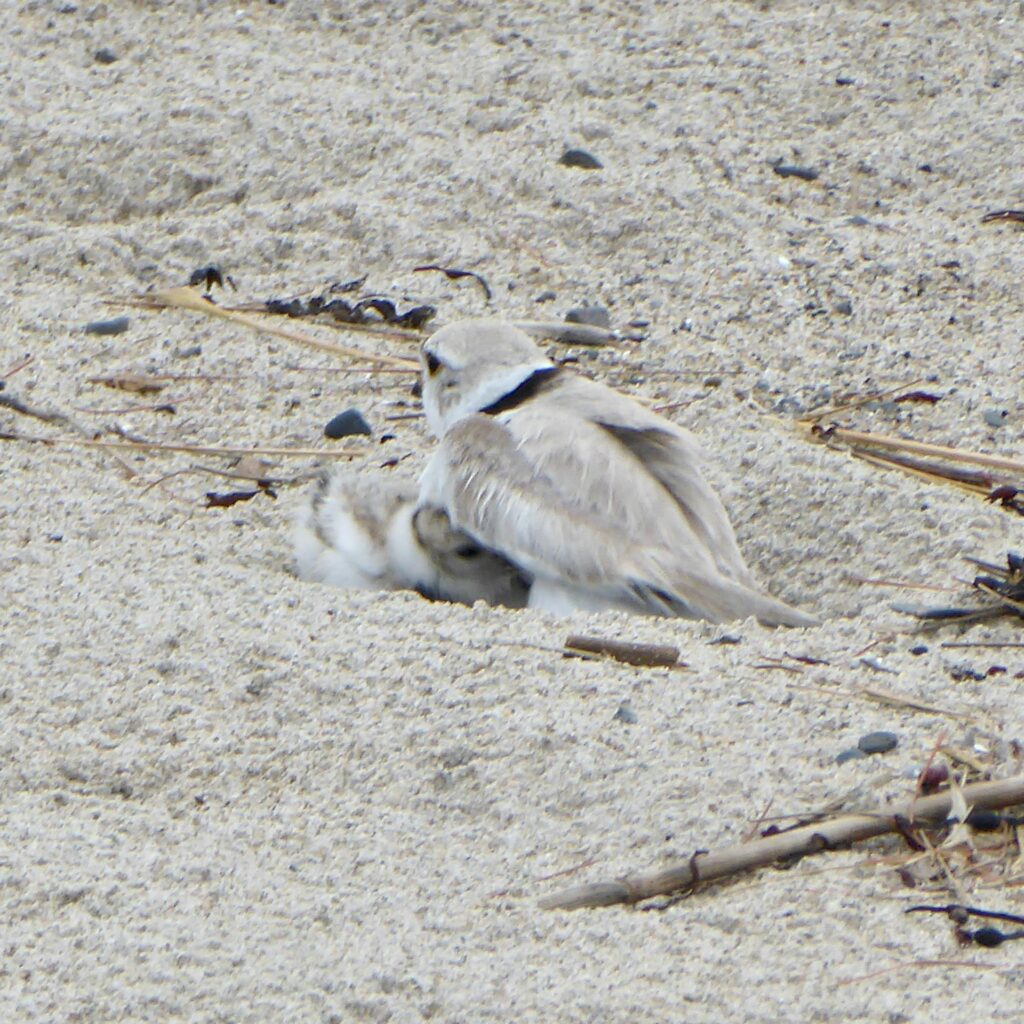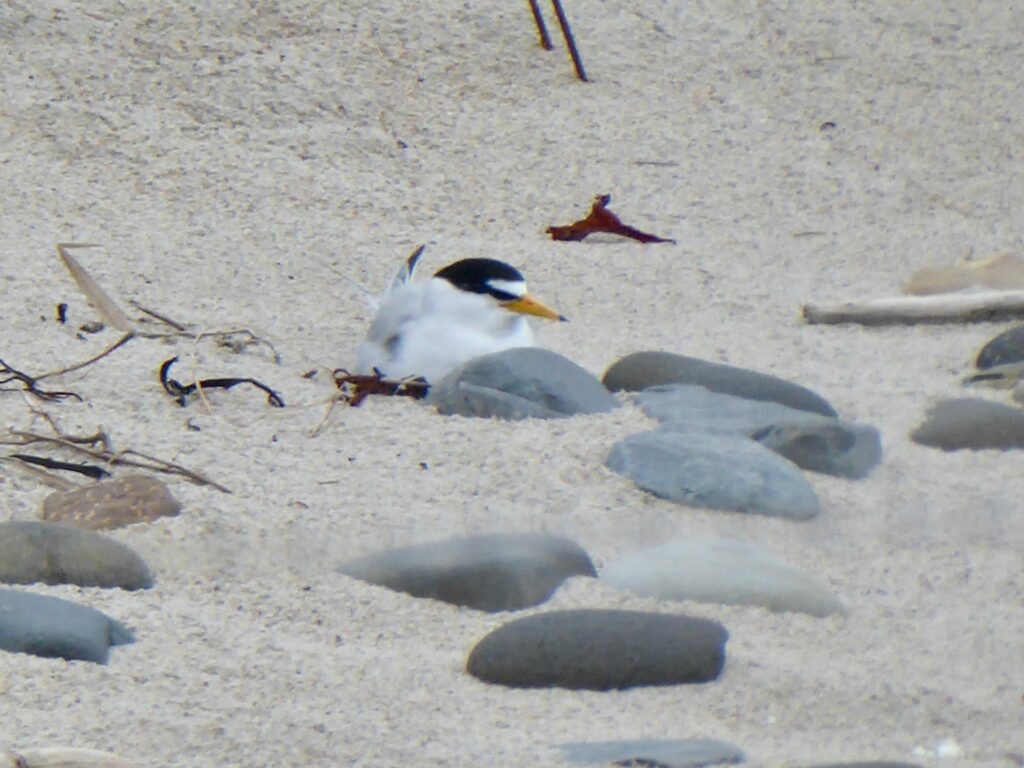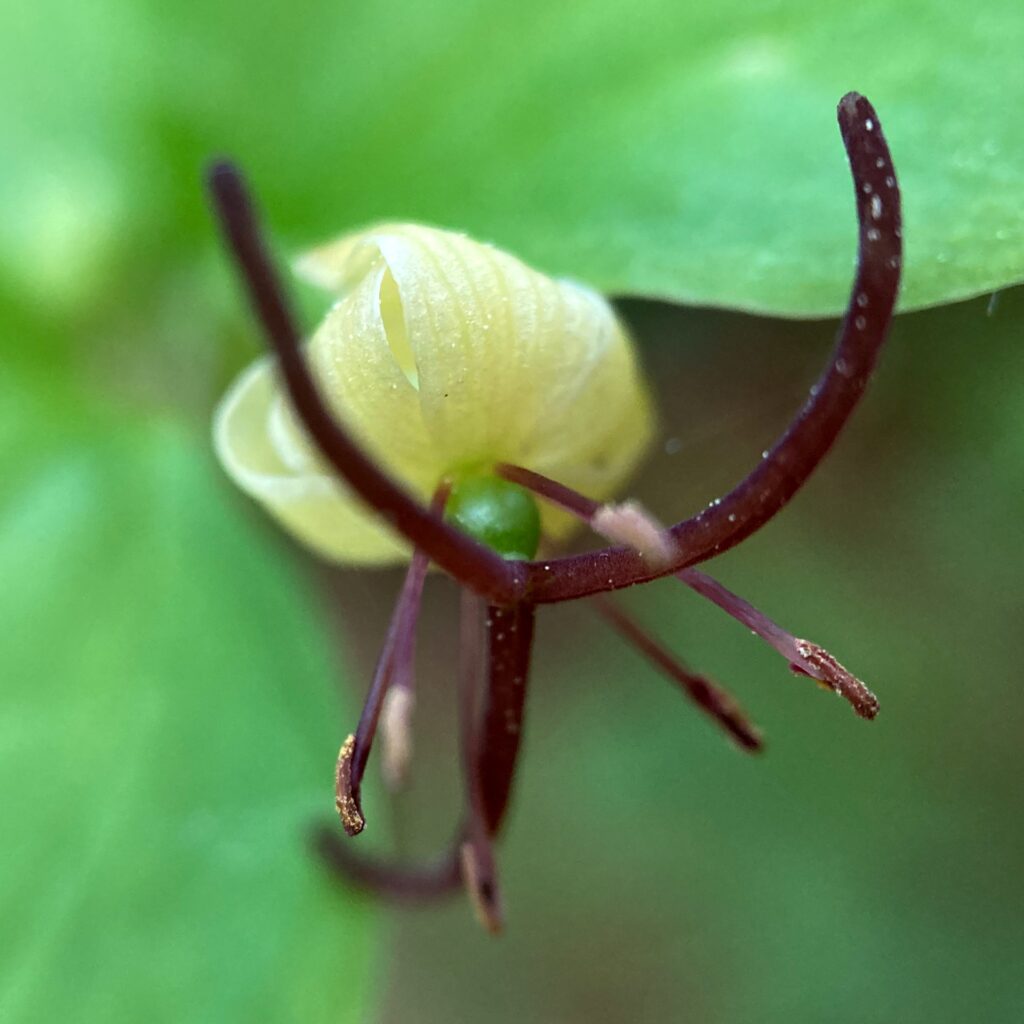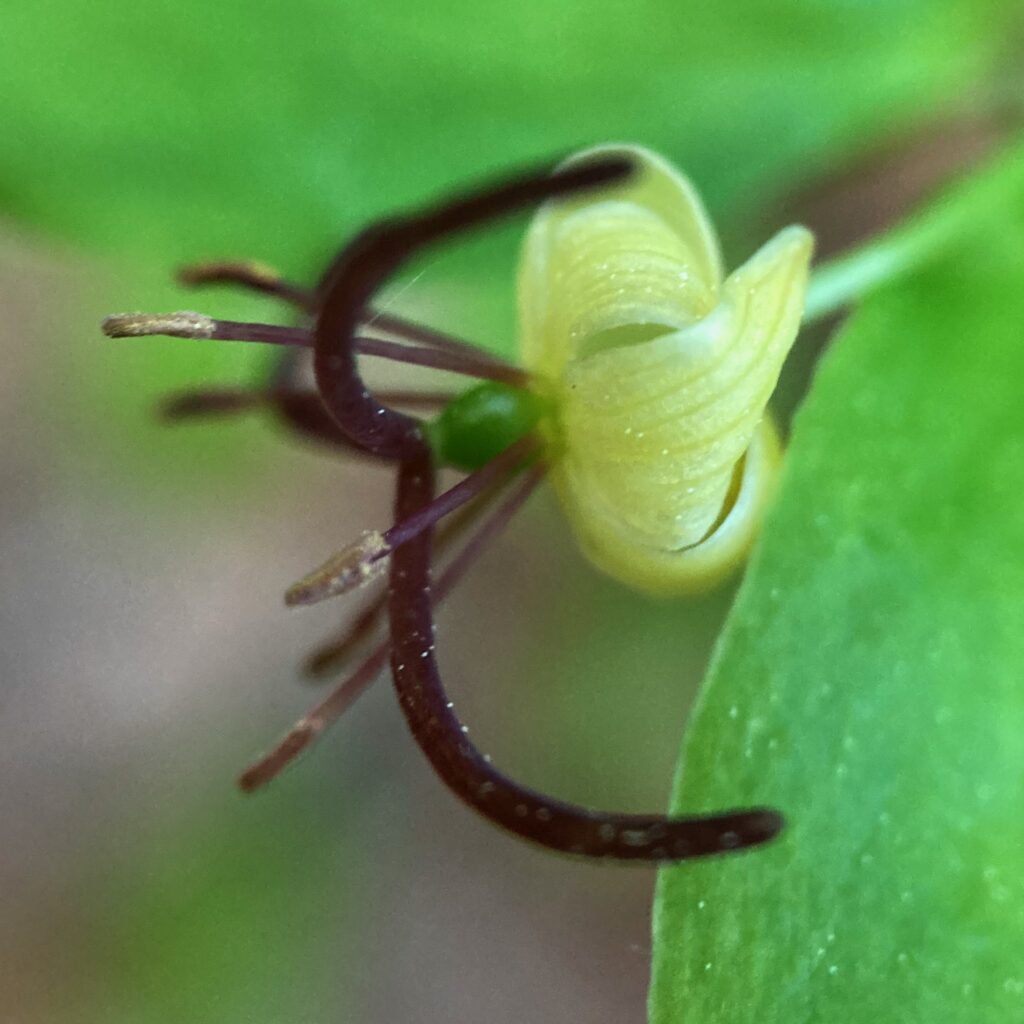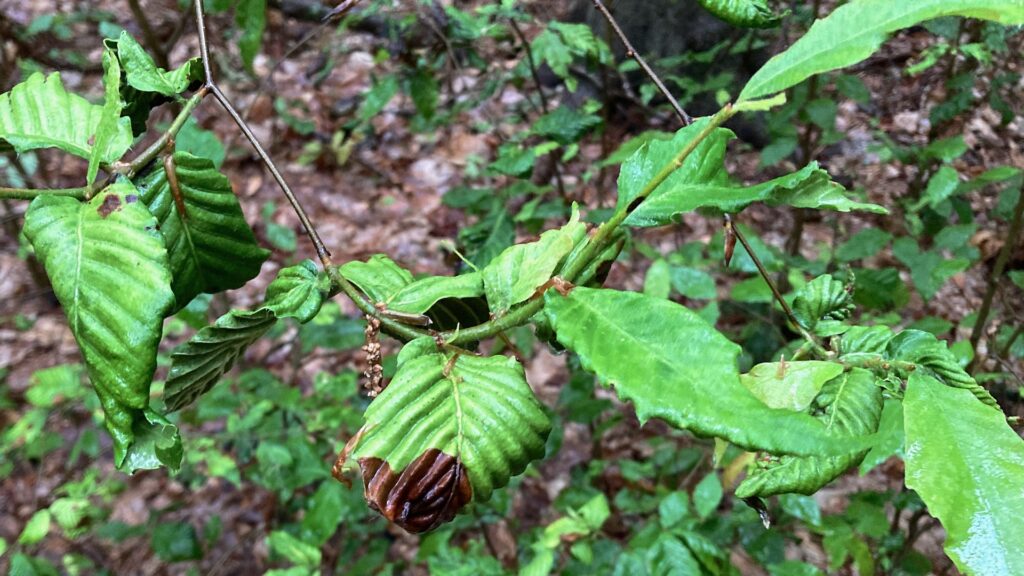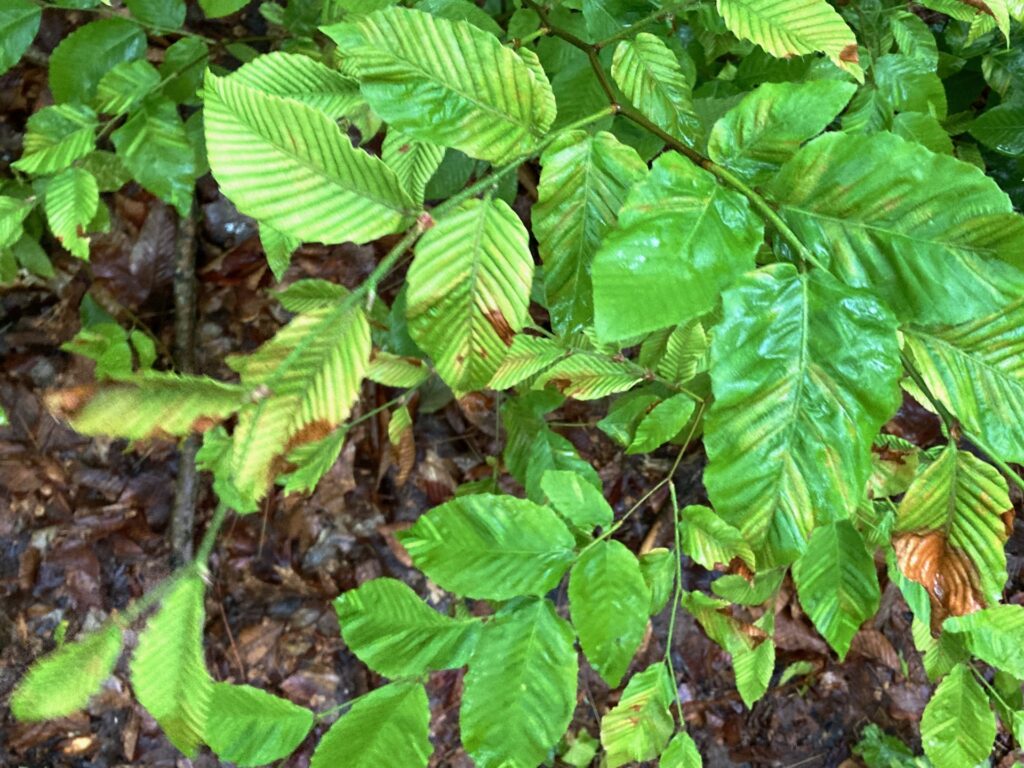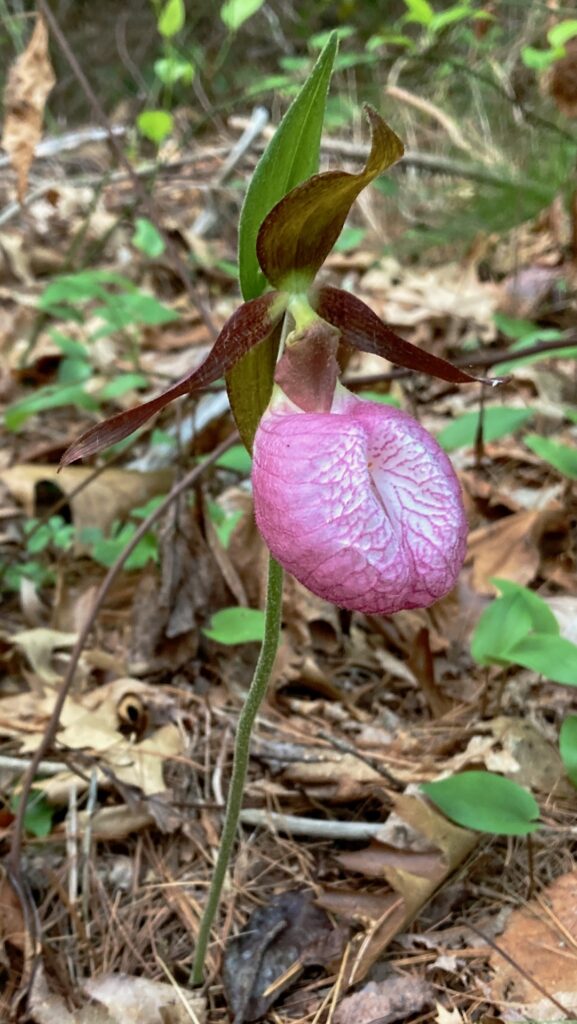Last week, I led some ecology programs in Maine with kids of various ages, including with the “Sand Diggers,” a group of children in preK-K. A few days before we drove up to Maine I checked the weather forecast. The National Weather Service was predicting rain most of the week, meaning we might be indoors much of the week. Uh oh. All my lesson plans for the Sand Diggers were for outdoors activities. I decided to get some nature storybooks to provide some indoors activities with the Sand Diggers.
I found a couple of good books at a nearby Mass Audubon sanctuary gift store. Our local bookstore didn’t really have any nature-themed picture books. So with the help of my librarian sister, I placed on online order for seven nature-themed picture books. Amazon was the only online bookseller who promised delivery in time for our trip to Maine; all I had to do was sign up for a month of free Prime “membership.” Of course, only one out of the books I ordered arrived before we left for Maine, typical of the poor customer service offered by Amazon. (Needless to say, I canceled my Prime “membership” before I had to actually start paying for that kind of poor service.)
Enough about Amazon, because this post is not about how horrible Amazon is. It’s a post about nine nature books for kids, all of which I think are pretty good. Capsule reviews of each book are below, with the best books saved for last.
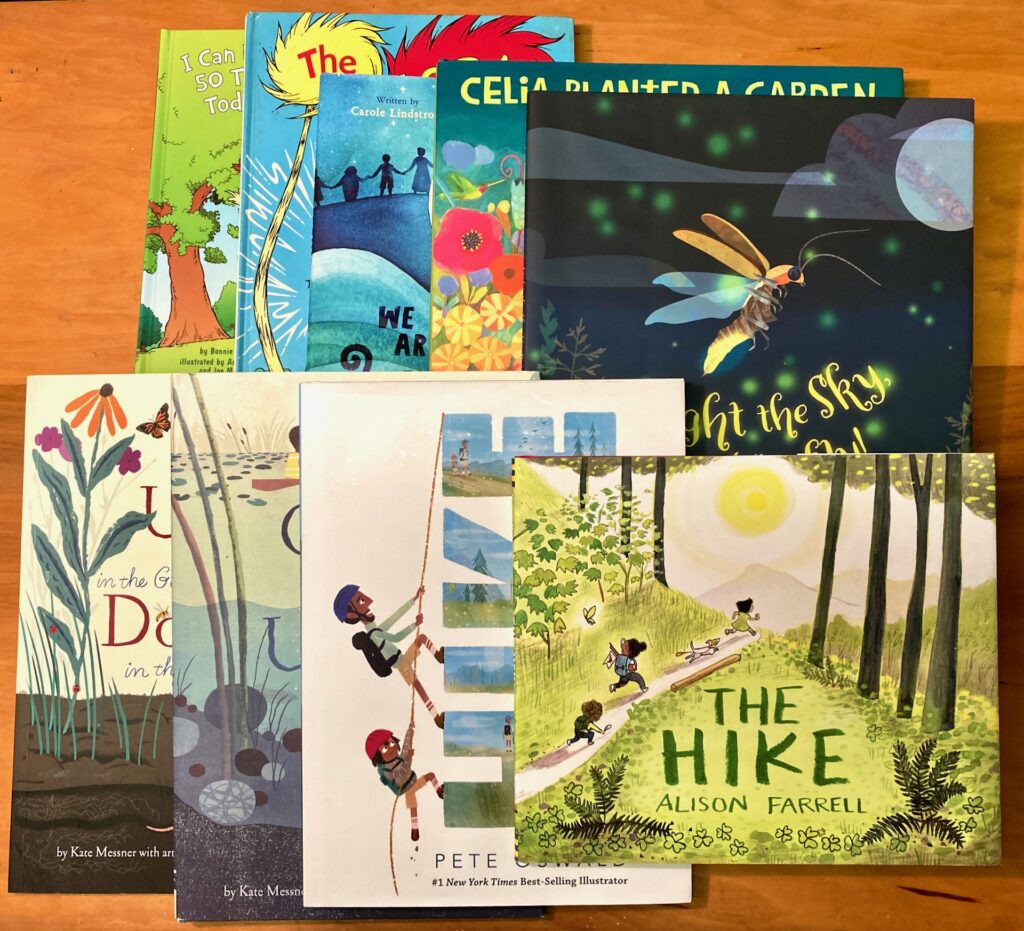
L-R, bottom row: Up in the Garden and Down in the Dirt (shipped late by Amazon); Over and Under the Pond (shipped late by Amazon); Hike (purchased from Maine Audubon); The Hike (shipped late by Amazon).
Amazon shipped just 1 out of 7 books on time. Thank goodness for Mass Audubon and Maine Audubon, so I had books to read to the Sand Diggers. Support your local booksellers!

